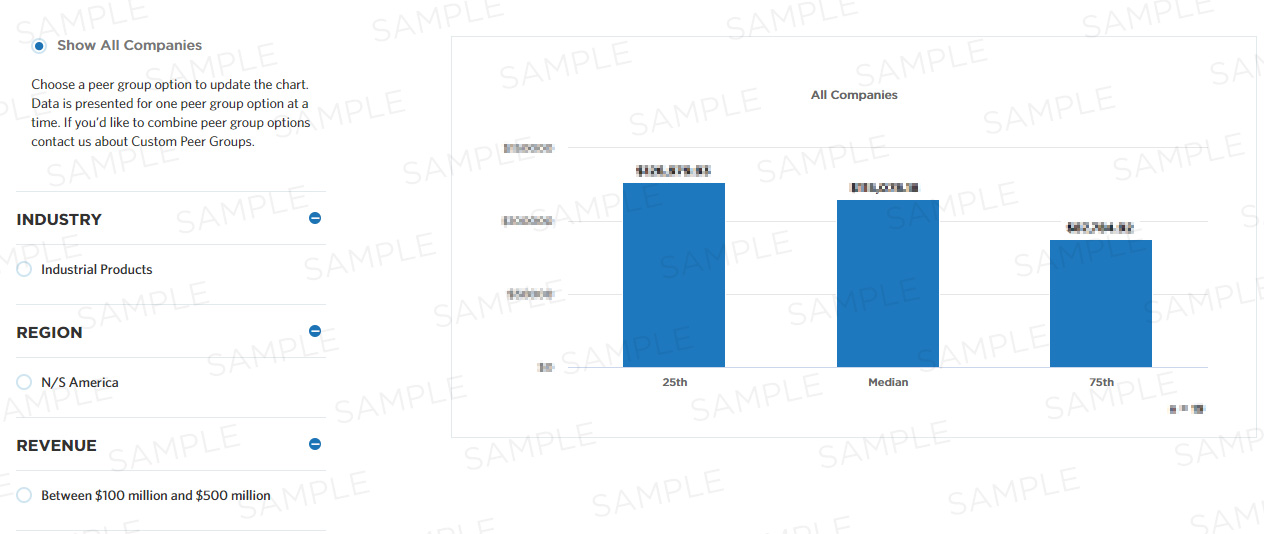Dock-to-stock cycle time in hours for supplier deliveries
This measure identifies the average dock-to-stock cycle time in hours for supplier delivery. Cycle time begins when the business entity receives delivery from the suppliers and continues until the time goods are put away in the inventory after being recorded in the business entity's inventory management system. It is part of a set of Cycle Time measures that help companies analyze the duration of the process "operate warehousing" from beginning to end.
Benchmark Data
| 25th | Median | 75th |
|---|---|---|
| - | - | - |

Compute this Measure
Units for this measure are hours.
Dock-to-stock cycle time for supplier deliveries in hours
Key Terms
Cycle Time
Cycle time is the total time from the beginning of the process to the end. This includes both time spent actually performing the process and time spent waiting to move forward.
Median
The metric value which represents the 50th percentile of a peer group. This could also be communicated as the metric value where half of the peer group sample shows lower performance than the expressed metric value or half of the peer group sample shows higher performance than the expressed metric value.